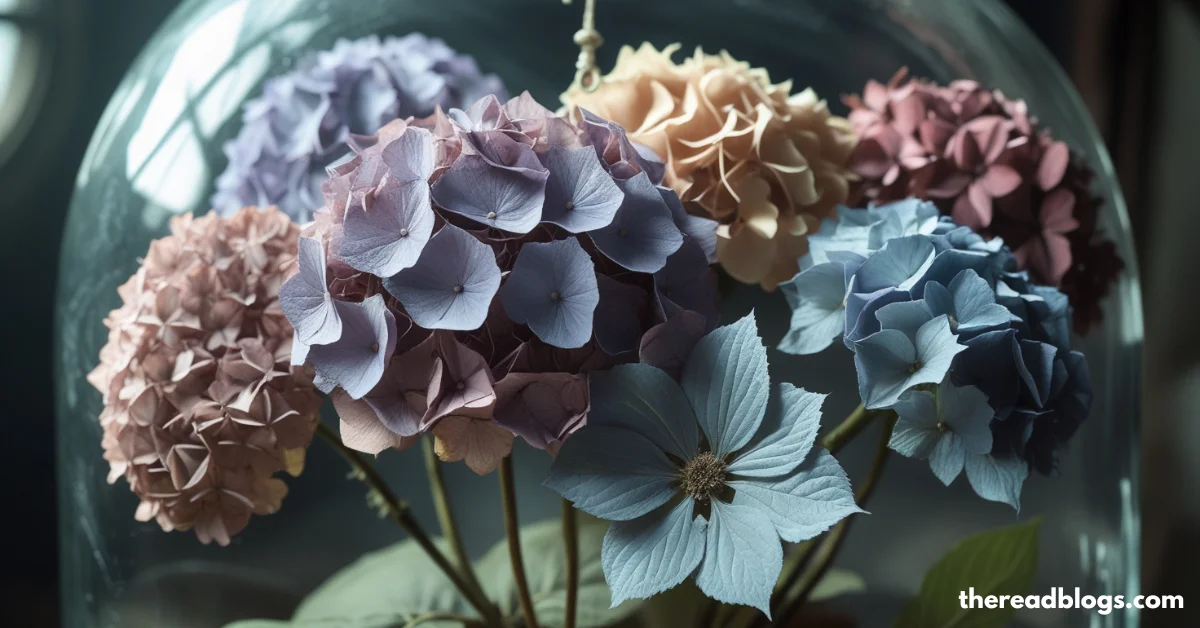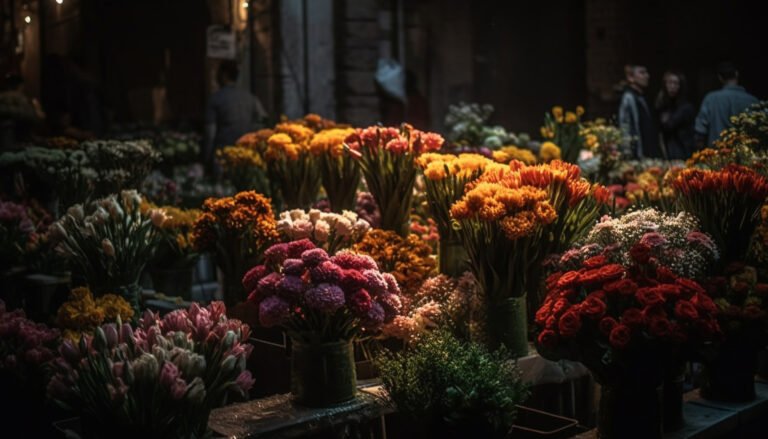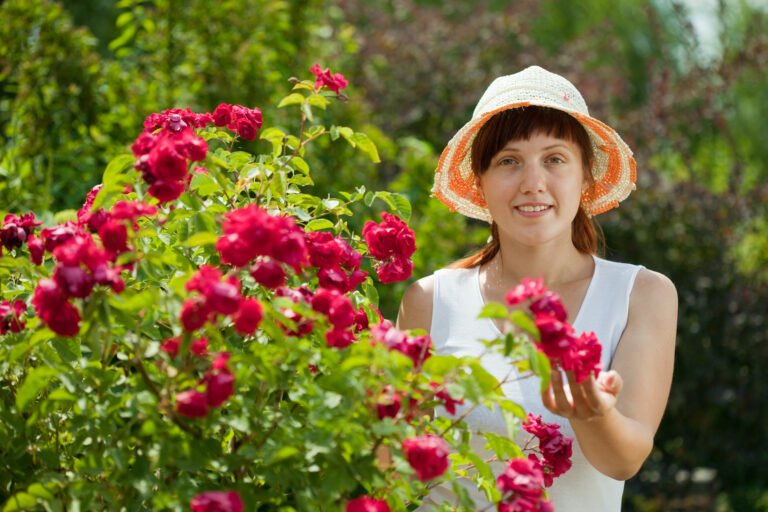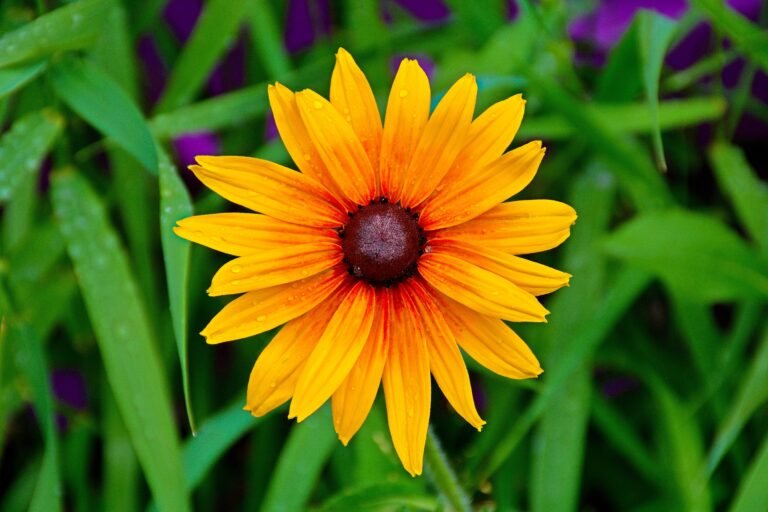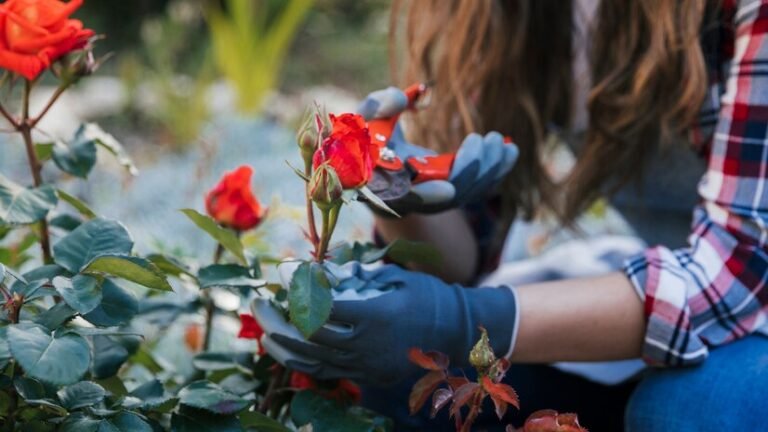Shocking Truth About Preserved Hydrangea You Must See
Preserved flowers are everywhere now—used in home decor, gifts, weddings, and more. But among all these preserved beauties, the preserved hydrangea stands out. It’s colorful, puffy, and elegant. Many people love decorating their spaces with it. But do you know the shocking truth about preserved hydrangea?
In this article, you’ll discover how preserved hydrangeas are made, why they’re so popular, their hidden risks, and some surprising facts that most people don’t talk about. Whether you love decorating or are just curious, keep reading—you’ll be amazed.
What Is a Preserved Hydrangea?
A preserved hydrangea is a real hydrangea flower that has been treated to last longer. It’s not fake or artificial. These flowers are picked when they are fresh and then put through a special process to preserve their beauty for months or even years.
The preservation process usually involves:
- Replacing the natural sap with a glycerin-based solution
- Adding dyes to keep or change the flower’s color
- Drying them under controlled conditions
The result? A soft, flexible flower that looks alive, doesn’t need water, and stays beautiful for a long time.
Why Are Preserved Hydrangeas So Popular?
Preserved hydrangeas have become a favorite choice for:
- Home decoration
- Weddings and events
- Gifts
- Crafts and DIY projects
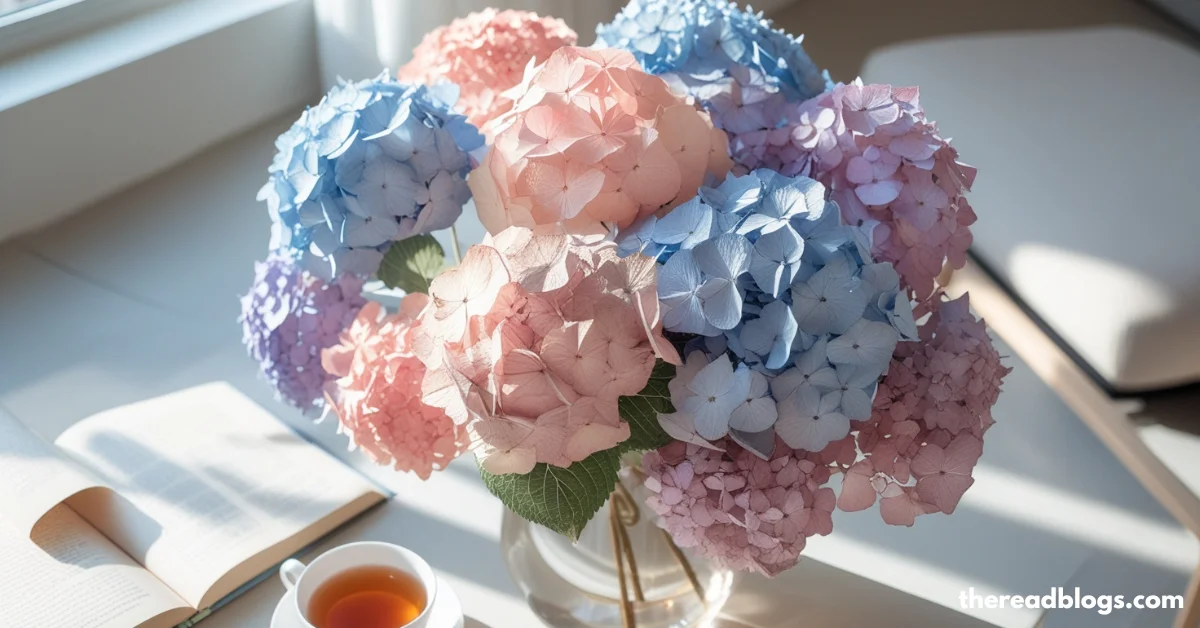
Here’s why so many people love them:
1. Long-Lasting Beauty
Unlike fresh flowers that wilt in a week, preserved hydrangeas can stay lovely for over a year with minimal care.
2. No Water Needed
These flowers don’t need sunlight, water, or plant food. Just place them in a dry spot and they’ll keep looking fresh.
3. Variety of Colors
Preserved hydrangeas come in colors you may not see in nature—like baby pink, deep blue, lavender, or even metallic shades.
4. Eco-Friendly Decor
Since they last a long time, you don’t need to keep buying new flowers. That means less waste and fewer carbon emissions from shipping fresh flowers.
The Shocking Truth About Preserved Hydrangea
Now that you know why they’re loved, let’s talk about the shocking side. Not everything about preserved hydrangeas is as perfect as it seems.
Here are some truths you probably didn’t know:
1. They’re Not 100% Natural Anymore
Yes, they were once real flowers. But after preservation, they go through heavy chemical treatment. That includes:
- Glycerin mixtures
- Color dyes
- Preservatives
These chemicals change the natural makeup of the flower. They’re not toxic for display, but they’re not compostable or safe for eating (which some pets may try!).
2. The Chemicals Can Cause Allergies
While rare, some people are sensitive to the chemicals used in preserved flowers. Handling or smelling them up close might lead to:
- Skin irritation
- Sneezing or coughing
- Headaches
If you or someone in your home has allergies, it’s better to keep preserved hydrangeas in a well-ventilated area and avoid placing them too close to your bed or sofa.
3. They’re Not As Eco-Friendly As Advertised
Many sellers promote preserved flowers as a green, eco-friendly option. While they do last longer, the process to preserve them is not entirely sustainable.
- Chemicals used in preservation are not biodegradable
- The flowers are often imported, adding to carbon emissions
- Dyes can run or leak into the environment when disposed of improperly
So, while they are better than plastic flowers, they’re not 100% planet-friendly.
4. The Colors Can Fade Over Time
Preserved hydrangeas look vibrant at first. But over time, especially if exposed to sunlight or humidity, the colors can:
- Fade
- Turn yellow
- Lose their shape
This can happen in a few months to a year. So if you want them to last, keep them away from windows, bathrooms, or warm lights.
5. They’re More Fragile Than You Think
Preserved hydrangeas may feel soft and flexible, but they’re still very delicate. If you touch them too often or try to clean them, they can:
- Crack or crumble
- Drop petals
- Lose volume
Handling them carefully and keeping them in a dust-free area is key to making them last.
6. Expensive for a Non-Living Flower
Preserved hydrangeas can be quite costly, sometimes more than fresh flowers. One stem can cost $10 to $25 or more, especially in designer stores.
Considering they don’t last forever, it’s a lot to pay for something that’s no longer alive. If you’re on a budget, dried hydrangeas or paper flowers might be better.
How to Identify a High-Quality Preserved Hydrangea
Not all preserved flowers are made the same. Here’s how to know you’re getting a high-quality preserved hydrangea:
- Uniform Color: No patchy spots or streaks
- No Strong Smell: Quality flowers don’t smell like chemicals
- Soft to Touch: They should feel like real petals, not crispy
- No Dye Transfer: Rub gently with a tissue—if color comes off, it’s poorly made
- Clean Stem: Shouldn’t be sticky or overly stiff
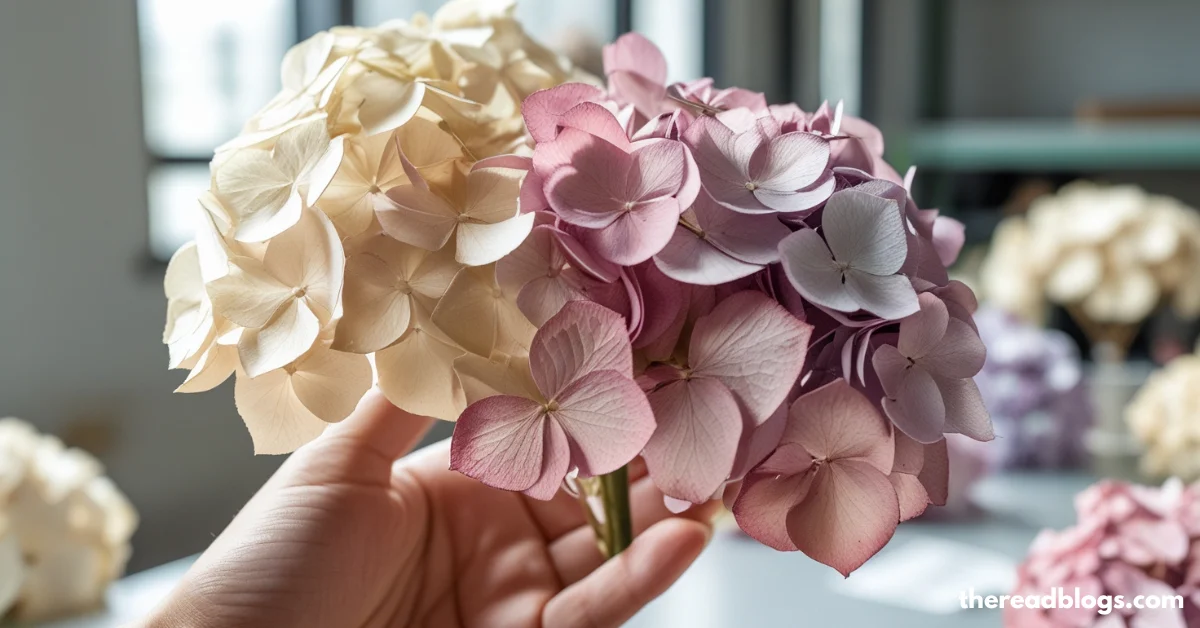
Best Places to Use Preserved Hydrangea
Want to use preserved hydrangeas in your space? Here are some great ideas:
1. Table Centerpieces
Add them to vases for a classy look that lasts for months.
2. Wall Art and Wreaths
Glue them to wooden boards or wreath rings for stunning decor.
3. Wedding Bouquets
Perfect for brides who want to keep their bouquet as a keepsake.
4. Gift Wrapping
Tie a preserved hydrangea to a gift box for an elegant finish.
5. Office Decor
Brighten up your work desk with low-maintenance flower arrangements.
How to Take Care of Preserved Hydrangea
Want your preserved hydrangea to last longer? Follow these simple tips:
- Keep away from sunlight – it fades the color.
- Avoid humidity – moisture can ruin preserved flowers.
- Don’t water them – they are no longer living.
- Dust gently – use a soft brush or hairdryer on a cool setting.
- Avoid touching too much – they’re fragile and can crumble.
Are Preserved Hydrangeas Safe for Pets and Kids?
This is an important question. Preserved hydrangeas are not safe to eat. Even though they look harmless, the chemicals used in preservation can be harmful if:
- Chewed by pets
- Touched by toddlers who put fingers in their mouths
If you have curious cats, dogs, or young children, it’s better to place these flowers out of reach or choose alternatives like dried herbs or felt flowers.
Natural Alternatives to Preserved Hydrangea
If you love the look but want something more natural or chemical-free, here are some alternatives:
- Air-dried hydrangeas – no chemicals, but more fragile
- Paper hydrangeas – handcrafted and customizable
- Felt flowers – soft, colorful, and safe for all
- Silk flowers – artificial, but durable and long-lasting
Final Thoughts:
Now that you know the shocking truth about preserved hydrangea, you can make a smarter choice.
Pros:
- Long-lasting
- Beautiful
- Easy to care for
Cons:
- Chemically treated
- Not eco-perfect
- May trigger allergies
- Expensive for some
If you’re decorating a special space and want low-maintenance beauty, preserved hydrangeas can be a good pick. But remember—they are not as natural or eco-friendly as they seem.
Always read labels, check ingredients, and buy from trusted sellers. And most importantly, keep them out of reach of pets and kids.
Conclusion:
Preserved hydrangeas are beautiful, trendy, and convenient. But behind the beauty is a process that includes chemicals, costs, and some risks. Now that you know the full story, you can choose them wisely—or look for more natural alternatives.
Want long-lasting decor? Go for it—but go in with eyes open.

